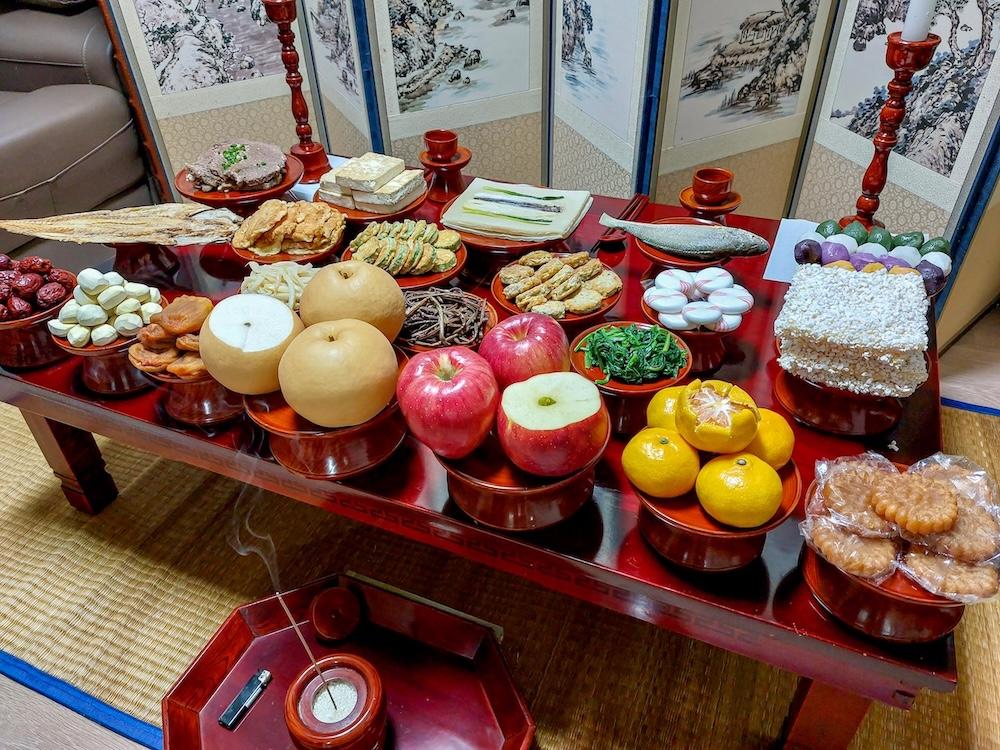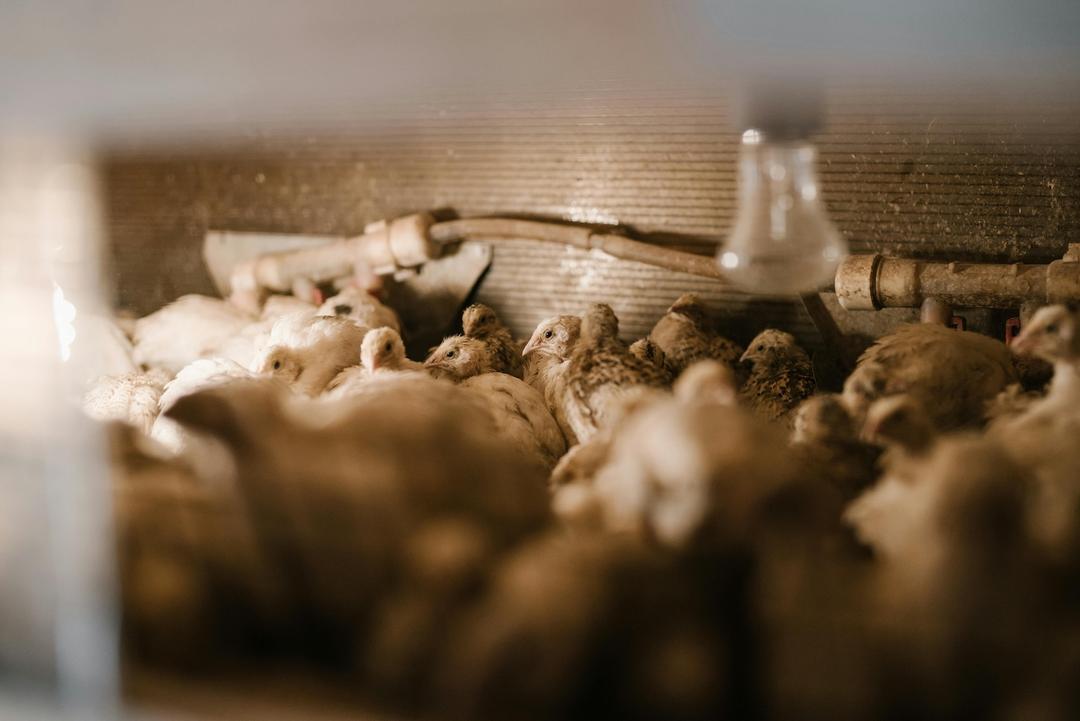Every winter, while Texas fields rest under pale skies, families across the state gather to celebrate Seollal (설날) — the Korean Lunar New Year. It’s a time to honor ancestors, share food, and begin again. Though rooted in Korean history, Seollal carries a universal rhythm familiar to anyone who works the land: rest, reflection, and renewal before the growing season begins.
🌙 From Lunar Calendars to Planting Calendars
Long before it became a holiday of travel and family feasts, Seollal marked the first day of Korea’s agricultural year. Farmers once planned plowing and sowing around the lunar cycle, guided by almanacs such as the Nongsa Jikseol — the “Farming Manual” — which recorded seasonal cues for rice, millet, and vegetable cultivation.
That same logic of timing persists in Texas. While modern growers use weather data instead of moon phases, late winter is still when farmers turn under cover crops, amend soil, and order seed for spring planting. Across both cultures, the new year begins not with harvest, but with quiet work and anticipation beneath the surface.
📊 Korean Texans and the Agricultural Thread
Today, more than 115,000 Korean Americans call Texas home — one of the largest Korean populations in the South (AAPI Data, 2024). The community has grown steadily since the 1970s, when fewer than 3,000 Koreans lived in the state (Texas State Historical Association, 2023).
Most Korean Texans live in Dallas–Fort Worth, Houston, and Austin, where neighborhoods like Royal Lane / Harry Hines in Dallas and Spring Branch in Houston have become vibrant Koreatowns. Collin, Dallas, Denton, and Harris counties each have over 10,000 Korean residents (Korean American Grassroots Conference, 2023).
Community centers, churches, and schools host Seollal festivals each winter — often pairing traditional games and music with dishes that blend Korean flavors and Texas-grown ingredients.
🥬 Growing Korean Flavors in Texas Soil
At the heart of Seollal is food — symbolic dishes that honor longevity, luck, and renewal.
Many of those same ingredients thrive in Texas:
| Seollal DishCore IngredientsTexas Agricultural Link | ||
| Tteokguk (rice cake soup) | Rice, beef, egg, green onion | Rice from Jefferson & Chambers counties; beef from Hill Country & Panhandle ranches |
| Jeon (savory pancakes) | Vegetables, sesame oil, soy sauce | Green onions, cabbage, and carrots from central Texas farms |
| Kimchi | Napa cabbage, garlic, red pepper | Cabbage and peppers grown by small farms across DFW, Houston, and Austin |
Across the state, local farmers are meeting growing demand for Asian vegetables.
Antonio Ranch in Joshua grows crops for multicultural markets; Houston-area farms produce Napa cabbage, garlic, and Korean peppers for grocery chains and kimchi makers. At farmers markets from San Antonio to Austin, jars of locally made kimchi — often crafted by small farms and home producers — sit beside salsas and jams, blending Korean tradition with Texas terroir.
Texas A&M AgriLife Extension notes that the state’s long growing season supports cool-weather crops like green onions and cabbage — staples in Korean cooking. These vegetables thrive in winter and early spring, linking Texas farm cycles to Seollal tables.
🛒 From Markets to the Land
Korean-owned groceries now form a bridge between farm and community.
H Mart dominates the Korean foods landscape, but other chains such as Zion Market, Komart, Han Yang and Hana also serve daily grocery needs. H Mart’s Austin location even includes a “Market Eatery” food hall, where Korean street foods meet Texas-grown ingredients.
These groceries source from regional distributors who, in turn, buy from small and mid-size farms cultivating Asian vegetables across Texas. The result is a localized supply chain where cultural demand sustains agricultural diversity — a modern echo of the lunar cycle’s old promise: food that renews itself each season.
🌾 Shared Rhythms of Renewal
In both Korea and Texas, winter marks the turning point between seasons. Farmers repair tools, families gather, and communities prepare for renewal. The cultural and agricultural calendars move in sync — one spiritual, one practical, both cyclical.
For Korean Texans, Seollal celebrates more than ancestry; it’s a reminder that renewal begins in the soil. For Texas farmers, it’s a season of quiet preparation before the burst of spring. Both share the same respect for the earth’s rhythm — a belief that rest and renewal are not opposites, but partners in growth.
🧩 Why It Matters
The convergence of Korean heritage and Texas agriculture illustrates how immigrant communities continually shape the state’s food landscape. Through dishes like tteokguk and kimchi, Korean Texans are not just preserving culture — they’re cultivating markets that sustain local farms, diversify crops, and strengthen community connections between field and family table.
From Seoul to San Antonio, renewal begins the same way: with food grown from the earth, shared among family, and offered with gratitude for what’s ahead.
❓ FAQ: Seollal and Texas Agriculture
What is Seollal?
Seollal (설날) is the Korean Lunar New Year, marking the first day of the lunar calendar. Traditionally, it celebrates renewal, family, and the start of the agricultural year — when farmers prepared for planting after winter rest.
How is the Lunar New Year connected to farming?
The Lunar New Year originated as an agricultural festival. In many parts of Asia, it marked the time when farmers prepared fields for spring planting and prayed for good weather. That link between lunar cycles and crop timing still resonates today — especially in farming regions like Texas, where seasonal awareness remains essential.
Are Korean foods like kimchi made with Texas-grown produce?
Yes. Small farms across Dallas–Fort Worth, Houston, and Austin now grow Napa cabbage, garlic, and peppers used by local kimchi makers and markets. Many Texas-made kimchis blend Korean fermentation traditions with local ingredients, reflecting the fusion of cultural and agricultural heritage.
🔗 Also Read
📚 References
- AAPI Data. (2024). Korean Americans: By the Numbers.
- Texas State Historical Association. (2023). Koreans.
- Korean American Grassroots Conference. (2023). Korean American Population by County.
- Edible DFW. (2021). A Growing Farming Family.
- Texas A&M AgriLife Extension. (2024). Vegetable Planting Guide for Spring and Fall in Texas.
- Texas A&M AgriLife Today. (2018). Asian vegetable trial to determine market, production viability in Texas.
- MDPI Agronomy. (2021). The Performance of Representative Asian Vegetables in Different Production Systems in Texas.
- Nation’s Restaurant News. (2023). H Mart Launches Korean Food Hall in Austin.
- USDA, National Agricultural Statistics Service. (2024). Specialty Crops — 2022 Census of Agriculture, Subject Series Part 8.





